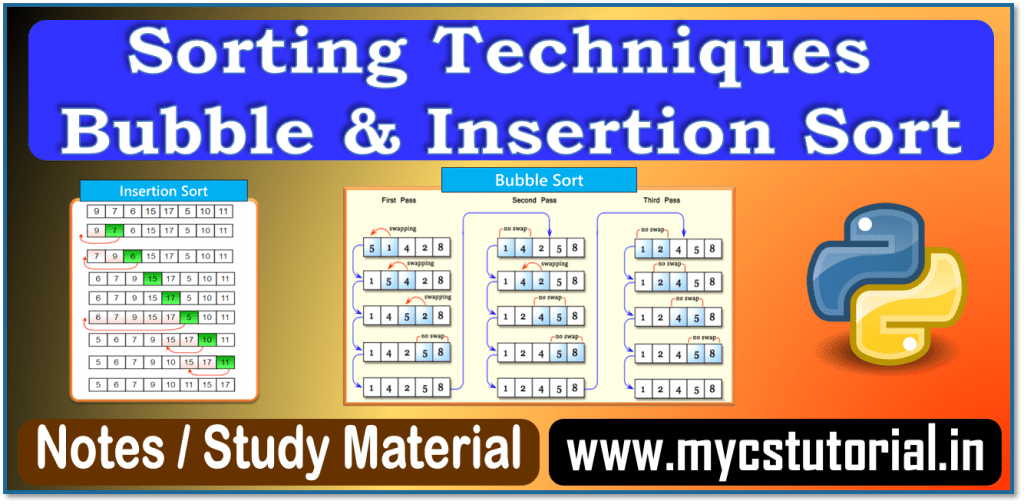Computer System: Overview – Notes
A computer system primarily comprises of a central processing unit, memory, input/output devices, and storage devices. All these components function together as a single unit to deliver the desired output. A computer is an electronic device that can be programmed to accept data (input), process it and generate result (output).













